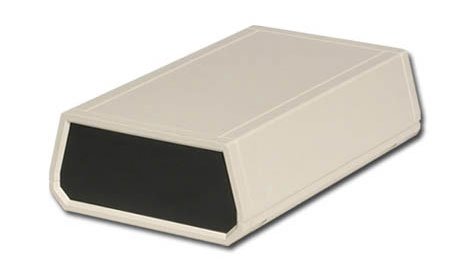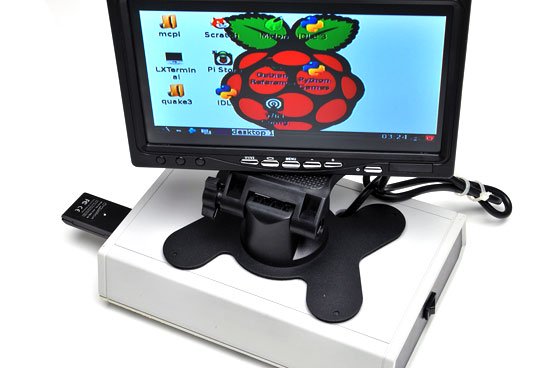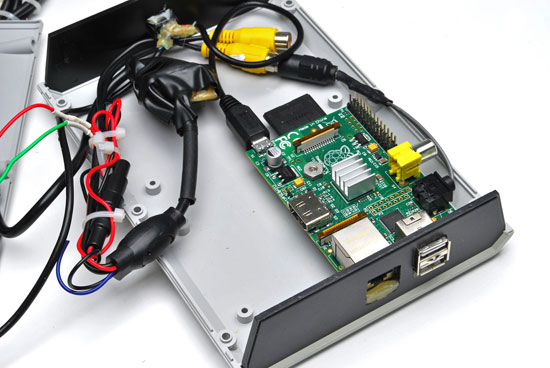HOT Raspberry Pi DIY Mini Desktop PC Build

We recently set out to design a mini desktop computer with the wildly popular Raspberry Pi single board computer. The Raspberry Pi is a Linux-driven, ARM processor-based micro computer that is known for its low cost and small size. People use the device for a variety of projects, from micro-servers to low cost media players. Basically, our goal was to turn what is currently one of the cheapest bare-bones computer boards into a fully enclosed mini desktop computer that could be taken anywhere without the need for cabling or setup. One of the high level goals of this project was also to learn about programming with Linux and get a good feel for it with the Debian distribution.

Raspberry Pi Model B Rev 2.0 with 512MB of RAM and 10/100 Ethernet
The Raspberry Pi desktop was an easy project to imagine, but keeping cost to a minimum and educating ourselves on the technology ended up being more time consuming than we initially projected. Here’s a quick list of components we used for our build.
Supply List:
- Raspberry Pi Model B Rev 2
- 7-inch TFT LCD Display
- Plastic enclosure
- Cooler Master Choiix Power Fort 5V 1A Battery Pack – (Thanks Gigabyte!)
- AC Adapter Power Supply (10V, 1.45A matched for the monitor’s requirements)
- Misc. Components, Cabling and Zip Ties
The first step in realizing our design goals involved learning a little about the Raspberry Pi. We started by taking a week and doing some research about how most of the programming works and many of the common commands used in LXTerminal (code receiver and programming window). We then took our 16 GB SD card and downloaded the Debian Linux image to it (a very popular Linux distro that runs well on the Raspberry Pi); using a Win32 Disk Imager as host compiling software. A good tutorial for loading the OS onto an SD card can be found here; and the OS itself can be found on the Raspberry Pi website.

Our choice of plastic enclosure, or “project box”
After a successful load of the Operating System (OS) we plugged in our settings and used the code “StartX” to run the desktop interface. A standard computer monitor was suitable for working out all of the bugs on the big screen. After we were sure we had our OS running properly, we started to work on making it a portable system.


The ports are placed up flush against the sidewall
The enclosure we picked was a four piece enclosure that has removable sides. This gave us the ability to remove each panel and mill in our ports, making the job a whole lot easier. Once that was done, we used a hot glue gun to seal off around the ports, create a tighter fit and get rid of the gaps between the ports themselves and the side of the enclosure.










